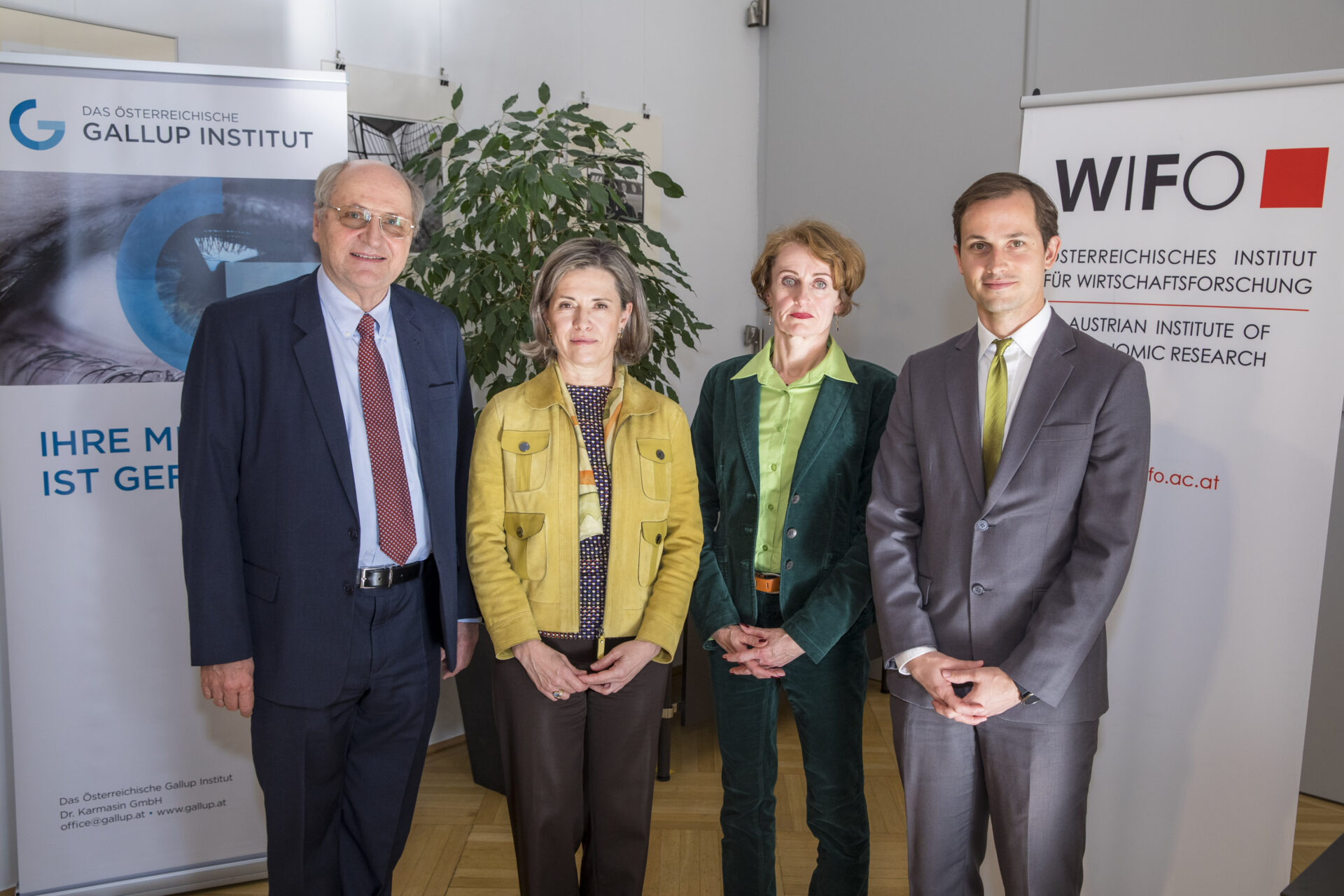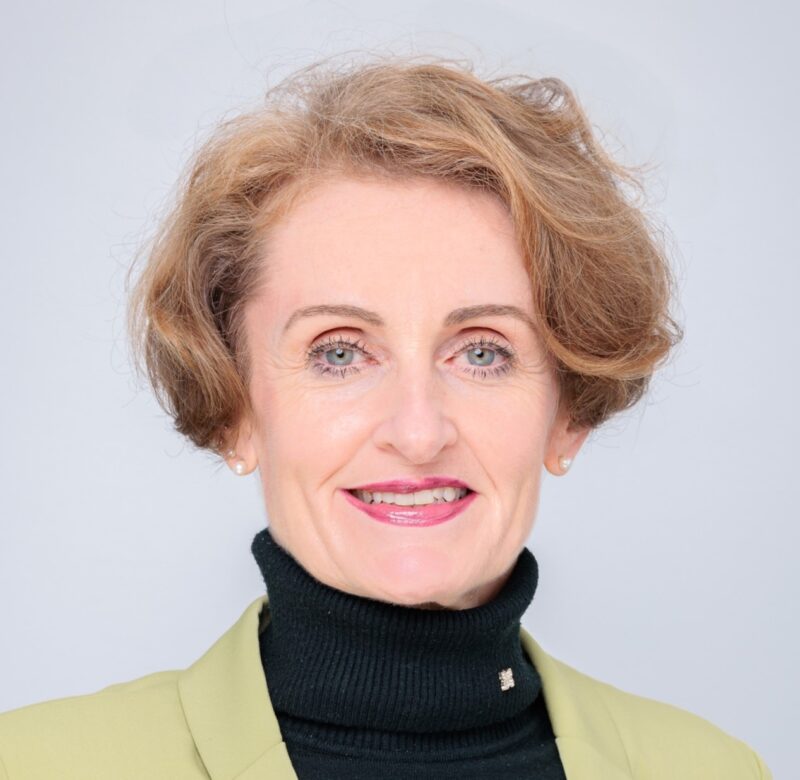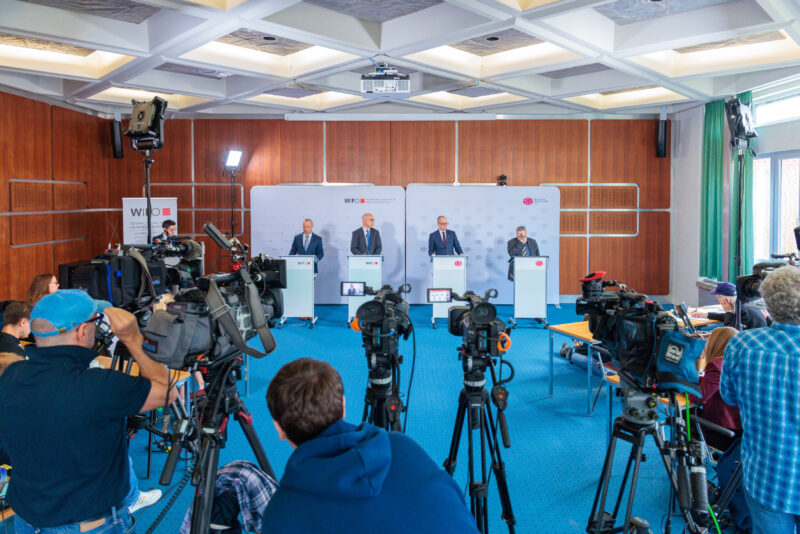
Gallup-WIFO Opinion Check Reveals Pension Myths
"Looking back on the past four decades, the population has failed to correctly guess the development of the retirement age, average wage and pension payment dynamics and purchasing capacity in particular", said WIFO pension expert Christine Mayrhuber. "Looking ahead to 2060, there is a significant gap between opinions and forecasts regarding the increase in the actual retirement age, for example – monetary developments are viewed particularly pessimistically. The fear of strong price increases is widespread", added Stefan Schiman, WIFO's forecasting expert.
The number of correct responses to the Gallup-WIFO Opinion Check was much higher in view of the current pension level and the current actual age of retirement. The future development of the number of pensioners and the projected financial viability is also largely compatible with the WIFO calculations.
62 percent of the respondents believe that the statutory retirement age for men has risen over the past 40 years, and 60 percent of women suspect an increase. On average, respondents assume an increase of +3.6 years for men and +3.3 years for women. The perception of the extent of the increase in the statutory retirement age is obviously strongly influenced by the media presence of the topic and the increased age limits for early retirement pensions; the standard retirement age (60 years for women, 65 years for men) has not changed in the last four decades.
One fifth of the population assumes that the average old-age pension has stagnated and another fifth even assumes that it has fallen in the last four decades. Only 6 percent say that there has been a sharp increase. Slightly less than half (46 percent) think that pensions have increased "somewhat". In fact, the old-age pension, which in 2018 was 1,324 € gross per month, rose by 1.3 percent per year in real terms between 1978 and 2018.
For half of the population, the standard of living for working people has improved over the last 40 years (15 percent much better, 35 percent slightly better), for 19 percent it has remained the same and for 28 percent it has even deteriorated. As far as the standard of living of pensioners is concerned, 34 percent of those surveyed expect it to deteriorate and 21 percent expect it to stagnate, while 41 percent perceive an increase.
If the basic human needs (housing, nutrition, health and education) are used for assessment, a significant increase in the standard of living over the last 40 years is evident. In the past three decades alone, the living space per person has increased by about 18 m² to an average of 55 m². According to the 1993 consumer survey, households spent 25 percent of their disposable income on food and clothing, by 2015 it was only 19 percent. In addition, in the past 40 years life expectancy, and thus residual life expectancy, has risen by 5.8 to 18.3 years for 65-year-old men for example, and by 5.6 to 21.1 years for women. The educational structure of the resident population has also changed: while in 1971 57.8 percent of the 25 to 64 year olds had compulsory schooling as their highest educational level, this share is now only 18.0 percent, 15.2 percent have a university degree, in 1971 it was only 2.8 percent.
Austrians expect the actual retirement age to rise significantly in the future. They expect men to retire at an average age of 67.3 years and women at 64.3 years in 2060. The increase in the actual retirement age is thus overestimated by the population compared to the long-term WIFO forecast. Employment forecasts show that the actual retirement age of men will increase from currently 61.5 years by up to 2 years in the long term, that of women from 59.4 years by up to 4 years.
The population also overestimates the inflation forecast until 2060. The majority of respondents (58 percent) believe that prices will "rise sharply" in the long term. In contrast, WIFO expects a slight increase of 2 percent per year, which is historically well founded. After all, the increase in consumer prices since EU accession has even been below 2 percent per year on average.
With the Gallup-WIFO Opinion Check, the Austrian Gallup Institute and the Austrian Institute of Economic Research. With the Gallup-WIFO Opinion Check, the Austrian Gallup Institute and the Austrian Institute of Economic Research (WIFO) are launching an initiative to factualise the often emotionally and ideologically heated discourse in our society. In the joint series of studies, the opinions of the population on economic issues are collected and compared with evidence-based information. The results on the Austrian pension system were presented at the beginning. This is followed by studies on the tax ratio, long-term care provision, climate policy and eco-taxes.
Further press information (in German) is available here.
The presentation documents for the press conference including graphics (in German) can be found here.
Please contact

























